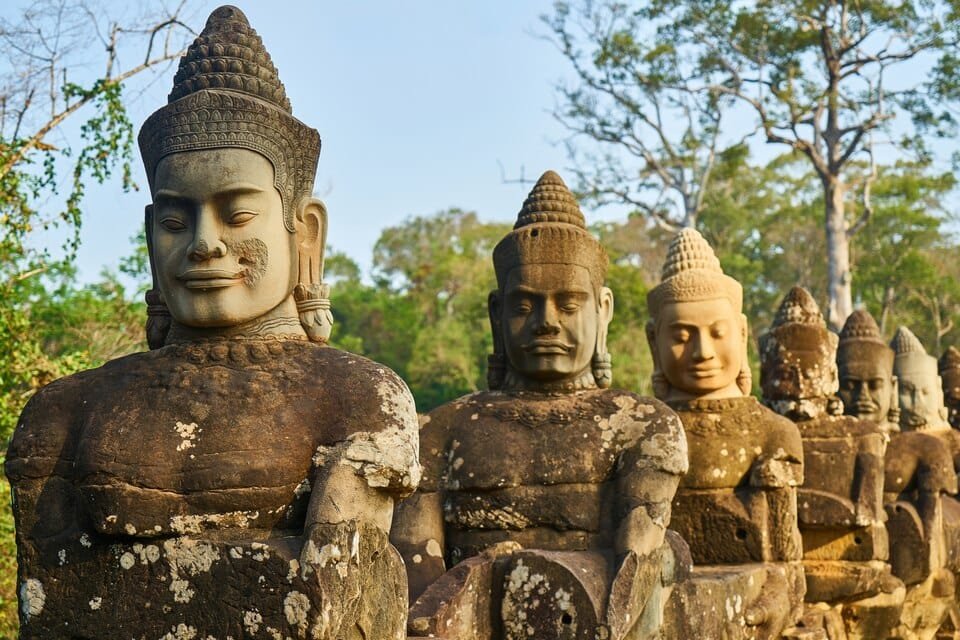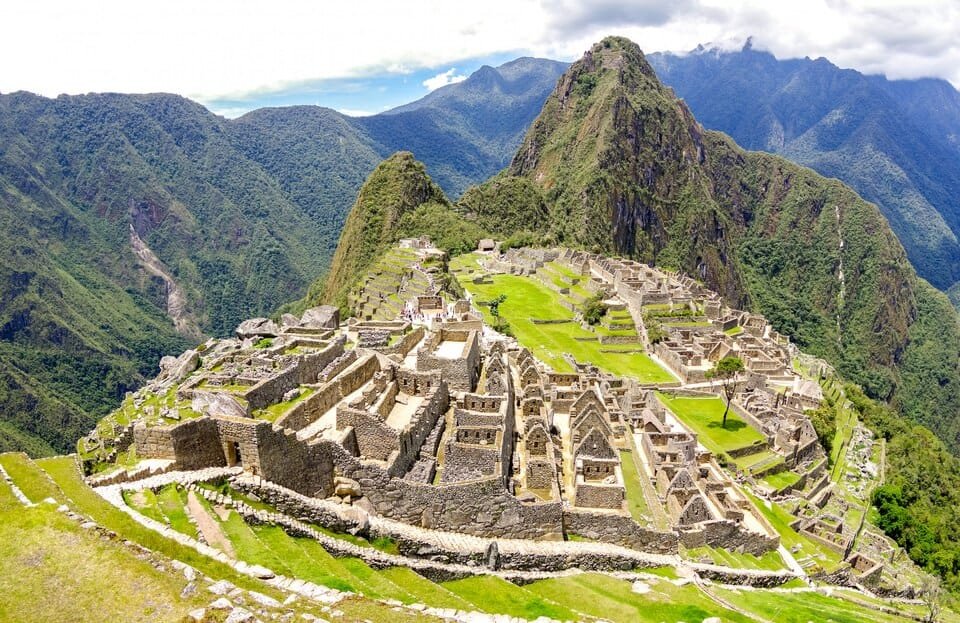Cultural Resource Management (CRM) is an intriguing field that combines records, archaeology, and cultural studies with modern management practices. It involves identifying, assessing, and preserving cultural resources, ranging from historical artefacts and ancient sites to contemporary artwork. For enthusiasts of culture, understanding CRM is crucial for appreciating how our shared heritage is safeguarded for future generations. In this blog, we will explore what CRM entails, why it’s important, and how it works to protect our cultural treasures. Get ready to delve into the details of CRM and its crucial role in preserving our cultural heritage.
Importance of CRM in Preserving Cultural Heritage
Cultural history is a valuable repository of human records, creativity, and identity. CRM is essential in ensuring that this cultural property is not lost to time, overlook, or improvement pressures. The significance of CRM lies in its potential to stabilise the need for progress with the imperative to keep our beyond. Through systematic documentation and cautious management, CRM maintains the integrity of cultural websites and artefacts. This renovation lets future generations learn from and be inspired by our wealthy cultural legacy. Without CRM, many cultural treasures could face irreversible damage or maybe destruction.
The Process of Cultural Resource Management
Survey
The first step in CRM is the survey, where experts behaviour thorough investigations to identify capability cultural assets. This manner frequently includes ancient studies, fieldwork, and the usage of the era together with ground-penetrating radar. The intention is to accumulate as many records as possible about the web page or object in question. By doing so, CRM professionals could make informed choices about its importance and the important protection measures. Surveys are important for uncovering hidden or ignored cultural belongings that may require safety.
Evaluation
Once identified, cultural sources undergo a rigorous evaluation method. This step assesses the resource’s historical, archaeological, architectural, and cultural cost. Evaluations frequently consider criteria including forte, age, and relevance to a particular cultural organization or ancient occasion. The final results of this procedure determine whether the resource must be preserved, restored, or documented. Evaluation is critical for prioritizing sources and allocating the best stage of attention and funding.
Mitigation
Mitigation steps are taken when cultural sources are observed in areas slated for development or different doubtlessly unfavourable activities. Mitigation can contain moving artefacts, developing shielding boundaries, or even remodelling initiatives to avoid impacting substantial websites. The intention is to limit harm while permitting important progress to continue. Mitigation measures are tailored to the unique desires and conditions of each resource. This adaptability is fundamental to powerful CRM, ensuring that preservation efforts are sensible and respectful of the cultural context.
Examples of Successful CRM Projects Worldwide
The Chaco Culture National Historical Park, New Mexico, USA
The Chaco Culture National Historical Park is a prime example of a hit CRM. This website preserves the remnants of an ancient civilization called the Ancestral Pueblo humans. Comprehensive CRM packages have been applied to defend the vast cultural websites and landscapes inside the park. These efforts consist of specific archaeological surveys, community engagement, and sustainable tourism practices. The Chaco Culture National Historical Park serves as a testament to the energy of CRM in maintaining complex cultural heritage websites.

Angkor Wat, Cambodia
Angkor Wat is one of the most iconic temple complexes in the international. Successful CRM efforts right here have targeted on handling tourism, protecting the temple systems, and maintaining the encompassing environment. These tasks are accomplished through global collaboration amongst diverse companies and experts. By balancing traveller access with conservation needs, Angkor Wat stays a vibrant cultural and religious website. The collaborative method guarantees that this UNESCO World Heritage Site continues to encourage awe and admiration.

The Great Wall of China
The Great Wall of China is an enormous feat of engineering and an image of Chinese cultural heritage. Conservation and control techniques were essential in protecting this extensive shape. Efforts include normal protection, recovery projects, and measures to govern tourism impact. The CRM strategies employed right here help to hold the wall’s integrity and the cultural significance of its surrounding areas. Through those endeavours, the Great Wall maintains to stand as a testimony to human ingenuity and perseverance.

The Historic Centre of Saint Petersburg, Russia
Saint Petersburg is a city renowned for its architectural and concrete background. Adaptive reuse and preservation tasks have played a significant role in safeguarding its historic middle. These CRM projects recognise the unique architectural styles and cultural landscapes of the town. By repurposing historical homes for present-day use, Saint Petersburg maintains its cultural vibrancy while honouring its past. This approach highlights the versatility and significance of CRM in city settings.

The Historic Sanctuary of Machu Picchu, Peru
Machu Picchu is an iconic archaeological website and one of the New Seven Wonders of the World. The management plan for this UNESCO World Heritage Site balances tourism with conservation efforts. Strategies include restricting traveller numbers, supplying sustainable tourism infrastructure, and carrying out ongoing archaeological studies. The maintenance of Machu Picchu’s cultural and natural landscapes guarantees that it remains a supply of suggestions and knowledge. A successful CRM effort right here shows the potential for balanced history management.

The Role of Technology in Modern CRM Practices
Technology has revolutionized the field of CRM, providing new equipment and methods for preservation. Advanced technology, which consists of LiDAR, drones, and 3-D scanning, enables particular documentation and analysis of cultural sites. These tools provide correct information that could tell conservation techniques and digital reconstructions. Technology additionally allows far-flung monitoring and control of cultural resources, making CRM extra green and powerful. By integrating technology, CRM professionals can better protect and proportion our cultural history.
Challenges Faced by Using Cultural Resource Managers
Cultural aid managers face numerous demanding situations in their work. Funding obstacles frequently restrict the scope and effectiveness of maintenance efforts. Balancing development wishes with conservation dreams can also be contentious, requiring careful negotiation and making plans. Additionally, environmental factors, which include weather alternatives, pose giant threats to cultural resources. Despite these challenges, CRM experts stay committed to shielding our shared history. Their resilience and innovation are essential for overcoming barriers and ensuring the toughness of cultural websites.
Future Trends in Cultural Resource Management
The future of CRM is shaped by means of rising tendencies and innovations. Greater emphasis on network involvement and collaboration is predicted to enhance renovation efforts. Advances in the era will preserve and provide new skills for documentation, analysis, and management. Sustainable tourism practices will play an important role in balancing travellers’ admission to conservation wishes. By adapting to these trends, CRM can continue to be responsive and powerful in keeping our cultural history. The evolution of CRM practices guarantees the protection of cultural assets for future generations.
Conclusion
Culturally useful resource management is an important field that is committed to maintaining our cultural background. Through careful survey, evaluation, and mitigation, CRM protects valuable cultural assets from harm and loss. Successful international tasks display the electricity of CRM in safeguarding historical websites and cutting-edge landmarks alike. As technology advances and new demanding situations arise, the importance of CRM remains unwavering. By assisting and teaching with CRM tasks, we will ensure that our shared history will keep inspiring and teaching for generations to come. Explore CRM more and become more concerned about retaining our cultural legacy.





